Home »
Misc »
How to scout basketball players
How to scout basketball players
Basketball Scouting 101 - Basketball Scouting Guide
If you’re looking to get started in basketball scouting…
You are in the right place!
I’m James Kerti and I started scouting basketball in 2012 — without any high-level playing or coaching background.
I want to teach you the fundamentals of basketball scouting — especially the basics and how to get started.
Want to make your way in the basketball world?
I’m here to help.
What people are saying
“Thanks for the fantastic info about getting into basketball scouting!!!”
— Darell A.
“I love all of the details that you go into with basketball scouting! It’s crazy that I think about those things all the time but didn’t know the actual terms, and to see you write about them is confirmation that this is for me.”
— DJ
I’m going to share with you:
- Important background information you need to know before you can start scouting
- The biggest mistakes rookie scouts make — and how to avoid them
- How to start scouting wherever you are right now
By the end you’ll be ready to take your next steps in the world of basketball scouting.![]()
First, the basics…
Let’s go!
Basketball Scouting: Foundation
Types of Scouts You Need to Know About
Before you can start anything new, you must understand what you’re getting into.
There are two core types of basketball scouts with different skills and responsibilities.
If you don’t know about them, it’ll be hard to move forward.
By the end of the above article, you’ll know about the different types of scouts and have an idea about what direction could be right for you.
Why your mindset as a scout matters more than anything
Effective basketball scouting requires good judgment and a mastery of your mind.
Human thought patterns are tricky things and they can lead you astray.
If you come in with your own preconceptions about what makes a good player — and if you don’t examine and challenge your own ideas — you’ll make crucial mistakes.
Better to practice self awareness in scouting the right way.
Learn how to take control of your thoughts and emotions to do a good job as a basketball scout and learn from your mistakes.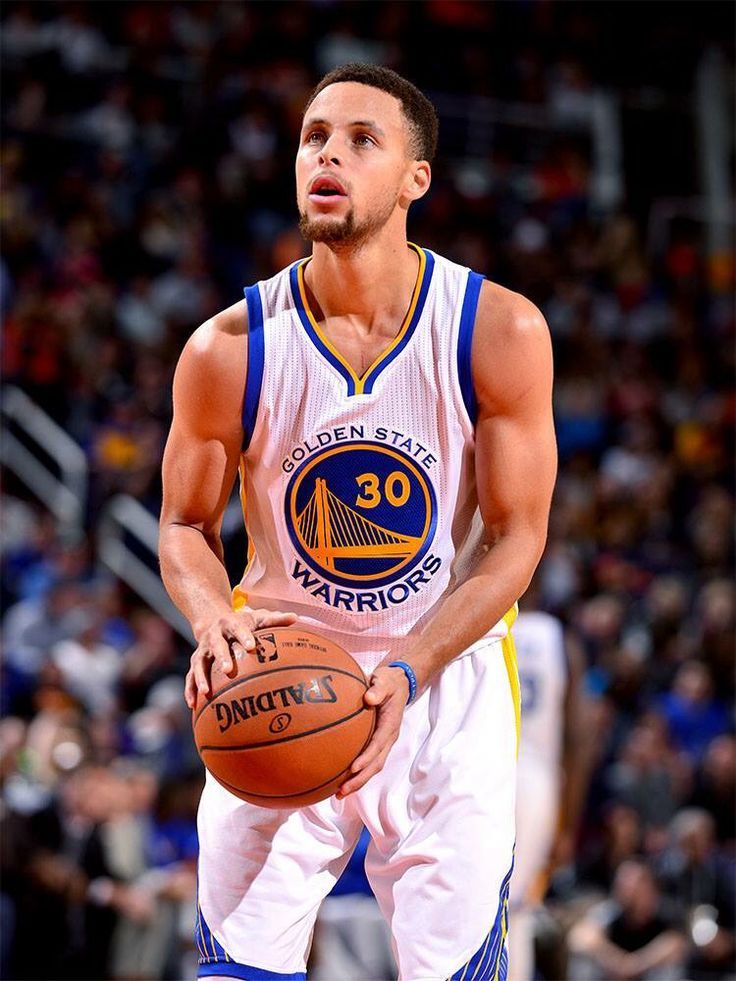
5 Scouting Habits to Help You Improve
Scouting isn’t something you do once and become good at. Like any skill, it takes consistency and practice.
And not just any practice will do. You have to practice well. To do so requires good habits.
In the above article I show you the five key habits that worked for me and allow me to take my basketball scouting to the next level.
Basketball Scouting: Tactics and Strategy
How to scout athleticism and potential
Evaluating characteristics like athleticism and potential can be tricky — even for a veteran scout.
Part of the problem is they’re difficult to define. What exactly are we talking about when we refer to athleticism and potential?
You need to learn how to break things down into smaller pieces.
Read the article above. I show you how to develop your own system for becoming a detail-oriented scout.
How scouts can benefit from analytics
Contrary to what some people will tell you, basketball scouting and basketball analytics represent two pieces of the same puzzle.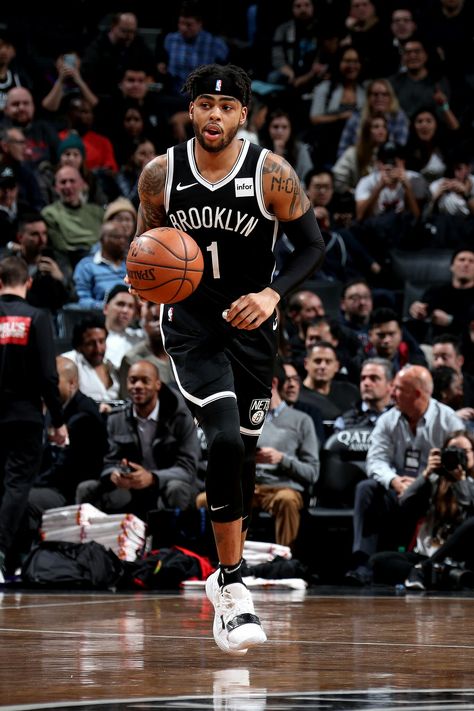
They use different methods to help you find answers to important basketball questions.
Leave one out and you deprive yourself of necessary information.
Check out the article to find out how basketball scouts can find value in using analytics — in a way that makes their work better.
How to set scouting goals
Basketball scouting can be quite overwhelming, especially at first.
As with any line of work, setting goals for yourself helps you carve out a path to success while keeping you focused on doing a good job with the work that matters in the moment.
By setting helpful goals, you can reduce a lot of your stress and focus on taking the actions that matter most.
Let me show you how I set goals that keep me on track and doing my best work.
Basketball Scouting: Next Steps
How to Start Scouting
The first steps in anything new are difficult.
This article covers the first steps you can take as a scout and what to expect.
Read about how I got started in the industry without any high-level playing or coaching experience.
Get the Free Guide
Congratulations and thank you for making it this far!
You’re ready for the next steps.
If you found these articles helpful, be sure to also check out the scouting guide I wrote, The Basketball Scout’s Cheat Sheet: The 4 Pillars of Effective Scouting.
It’s a downloadable guide that features exclusive strategies and stories not mentioned in the articles above, including:
- How you can get started from where you are right now — without needing permission from anyone else
- How to develop your own scouting process one step at a time
- Ways you can become comfortable and confident in your approach to scouting
If that sounds like what you need, I’m glad you’re here and I want to help.
Thousands of people downloaded it since the first release in 2013.
The newest edition came out in 2021 and is ready for you to grab at no cost.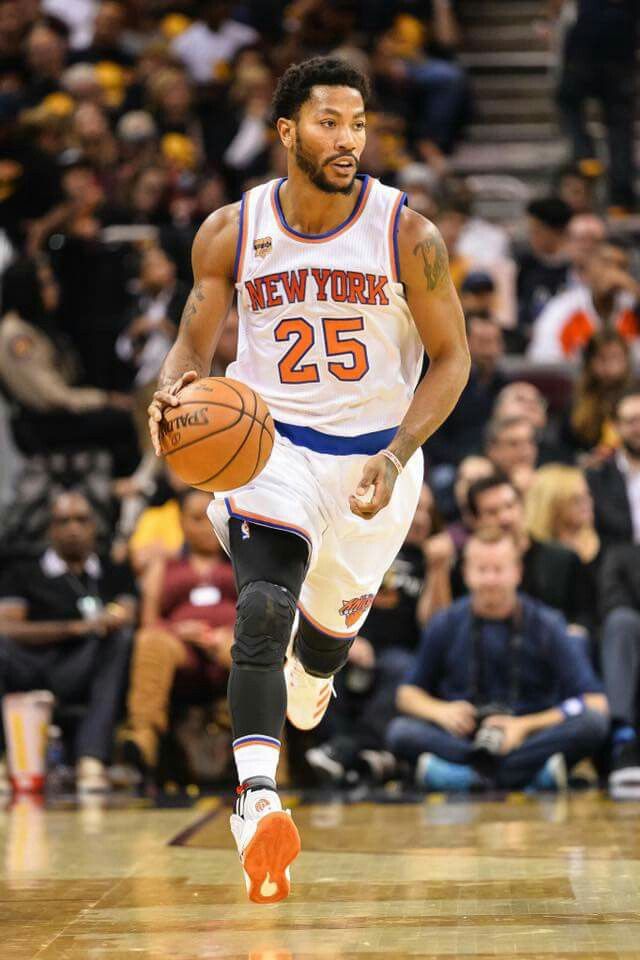
Just put in your info below and get reading!
It’s time for you to scout.
How to Scout College Hoops From Your Couch
The college basketball season starts Friday, which means NBA teams will send their scouts across the country, beginning their nonstop roller coaster of travel, hotel food, and lots and lots of basketball. You need an “all-consuming passion” in order to make scouting your career. “Scouting the draft isn’t as much of an exact science as we try to make it out to be,” a longtime scout tells me.
Every year teams draft lottery busts or hit the jackpot on second-round sleepers. This isn’t a recent phenomenon — George Gervin went 40th in 1974. No matter how many resources franchises invest in the draft, it still feels random. “I’d call it more of an educated guess,” DraftExpress scout Joshua Riddell says. “All an NBA team can do is get all the information they can … Projecting even three years into the future is impossible, much less for an entire career. ”
”
Scouting for the NBA is really hard. People will knock this team or that team for “getting it wrong,” and everyone is an expert in hindsight. The truth is there are so many variables, only some of which an NBA front office can control. No amount of film study or background checks could have predicted that Ben Simmons would step on Shawn Long’s (Shawn Long!) foot during Sixers training camp. Maybe you’d hit on as many draft picks as the replacement-level general manager. Maybe you’d do even better. But the fervor around the draft isn’t really about the picking, it’s about the discovery. And you can discover a lot right from your own home. There’s nothing like being among the first people to recognize a future talent. That’s the driving force behind my love for scouting the draft, and you can experience that, too.
To find out how the pros do it, I spoke with two scouts and one executive who work in the NBA and wish to remain anonymous, so we’ll call them Scout X, Scout Y, and Scout Z; and I interviewed DraftExpress scouts Mike Schmitz and Joshua Riddell on the record.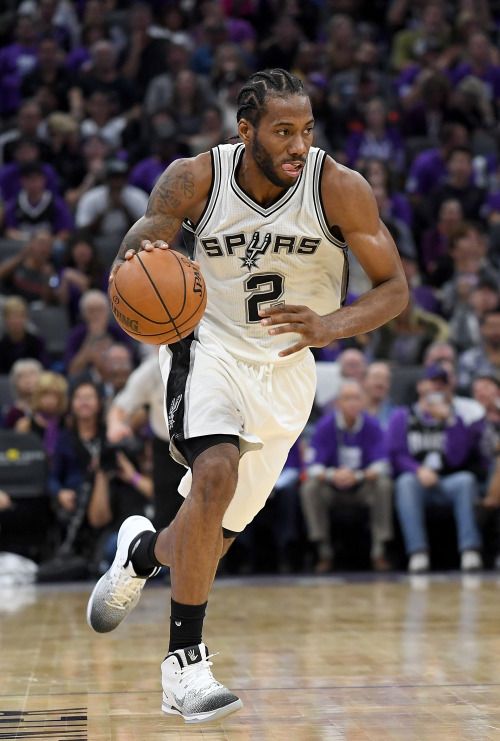 Schmitz is the mastermind behind DX’s scouting videos, and Riddell publishes his own draft newsletter.
Schmitz is the mastermind behind DX’s scouting videos, and Riddell publishes his own draft newsletter.
Here’s how to train your eye to become a couch scout:
Focus on More Than the BallWhen watching a game, it’s natural to ball-watch. This is a bad habit for defenders, and it’s a bad habit for you. Yes, the ball is the source of action. But when scouting a specific player, you should keep your eyes on him often, even when he doesn’t have the rock. Schmitz calls this “spot shadowing.” When he spot shadows, he’s tracking how a player moves the ball within the flow of the offense and how he positions himself on defense.
How’d the shooter get so open? Julius Randle goes straight into the down screen like a moth fatally attracted to light. He should’ve gone over it to defend the 3. Defensive awareness was a severe flaw for Randle when he entered the 2014 draft (and it’s something he’s improving upon slowly as a Laker). By focusing on an individual player, you’ll notice the pros or cons that don’t end up in the stat sheet.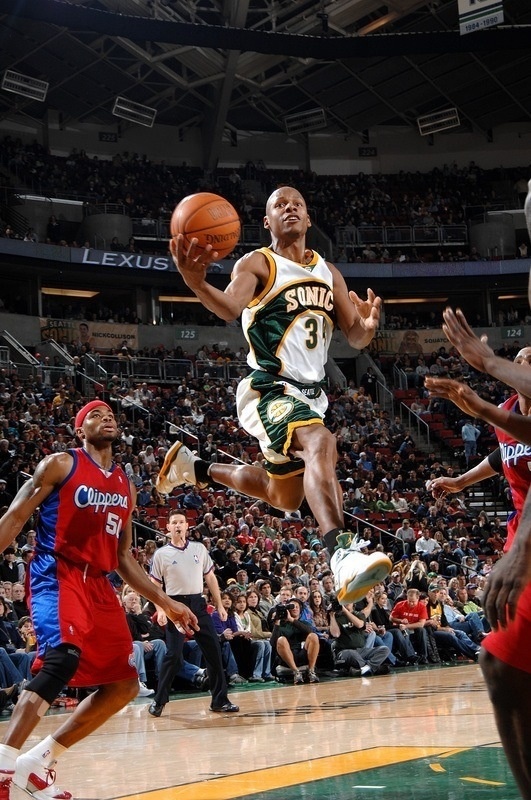
Randle was one of the college game’s most dominant rebounders, and it was obvious that his skill would translate because of how he gobbled boards. Here, Randle simply manhandles the player he’s boxing out to get into position for the rebound and then snatches it with one hand before drawing the foul.
Avoid Locking Yourself Into an EvaluationIn 2013, SB Nation’s Paul Flannery published a profile of Suns general manager Ryan McDonough, then a member of the Celtics front office. Flannery wrote of McDonough’s scouting method: “His ideal scenario is to watch a prospect play his best, worst and average games.” McDonough wanted to get an idea of a player’s ceiling and what he offers in a basement performance. This is a handy format for couch scouts since it minimizes the necessary time commitment. “You won’t be able to watch every game,” Riddell says. “But make sure you evaluate a player’s whole season and put the games you saw in context of his entire-season production. ”
”
This logic should extend to what you watch and read, too. I hope you come to The Ringer to read everything we write about the draft, but you should also be hungry for information from other sources to avoid groupthink. Watch Schmitz’s DX videos and follow more draft evaluators on Twitter than just the industry’s big names. “The best thing that happened to my career is working with Danny [Ainge] because he’s so open,” McDonough told Flannery. “He’ll go to interns and say, ‘So what do you think?’” When a basketball lifer asks a subordinate for a second opinion, you should be seeking more guidance, too.
Be Careful of Biases“We have to fight biases, which come in a lot of ways,” says Scout Y, listing three of the prevalent ones: The Big School, The All-American, and The March Madness Run. “Just because a kid went to Kentucky and was an All-American, it doesn’t mean he will be a great player,” he says.
Scouts Y and Z gave the same example of a prospect boosted by the March Madness Run: Nik Stauskas.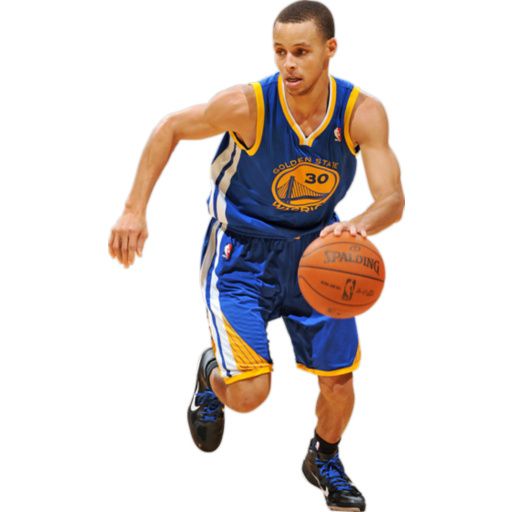 “If it weren’t for the [Elite Eight] run, I doubt Stauskas would’ve went top 10,” says Scout Z. Stauskas, drafted eighth by the Kings in 2014, is averaging 6.4 points per game with a 32.4 3-point percentage in his career.
“If it weren’t for the [Elite Eight] run, I doubt Stauskas would’ve went top 10,” says Scout Z. Stauskas, drafted eighth by the Kings in 2014, is averaging 6.4 points per game with a 32.4 3-point percentage in his career.
Keep Watching the NBAJust because you’ll be couch-scouting college basketball doesn’t mean you should brush the NBA aside. It’s important to retain a grasp on how the league is trending. “The trends really change how you look at different players,” Schmitz says. “It’s about understanding the NBA and what works in the NBA.”
You are already aware of the NBA’s biggest trends. Any player who can shoot 3s well is valued, regardless of his position. Positional versatility is a premium skill on both ends, especially on defense against teams frequently switching on- and off-ball screens. Forwards once considered “tweeners” without true positions are now tailor-made for a league that values forwards who can play both the 3 and 4. More teams are also playing multiple ball handlers instead of using a single traditional, pass-first point guard.
Above all else, keep in mind how much more athletic the pro game is. “You need to recalibrate for the NBA level, where guys are bigger and longer,” says Schmitz. “The transition from college to the NBA is huge. I think you really have to train your eye for that.”
Analyze a Player’s Body TypeBrandon Ingram looked so skinny on draft night that #NBATwitter dubbed him Jack Skellington from The Nightmare Before Christmas. If a player is built like a toothpick, he’s in trouble unless he has Ingram’s elite talent. “People will say a player can get stronger, but that’s not necessarily the truth if they don’t have the frame to hang meat on,” Scout Y says. “If they have a thin waist, thin legs, narrow shoulders, they’re not going to be able to put on the strength to handle the rigors of the season.”
Almost every draft prospect needs to “get stronger,” because so few enter the league with a fully developed body. Riddell says he studies a player’s size and athleticism before getting to his skill set in order to find out whether a player can compete physically.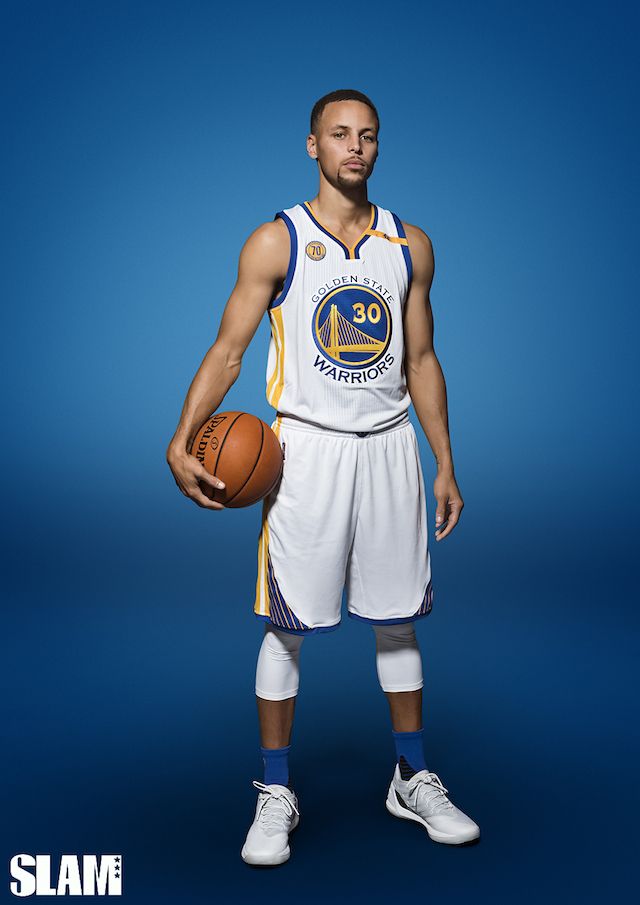
For instance, Suns rookie Tyler Ulis measured in at 5-foot-9 and 149 pounds at the NBA draft combine, and Scout Z tells me he doesn’t think Ulis’s body can handle much more weight. “It’s not his height that holds him back as much as his frame,” he says. Small players have succeeded in the NBA, but very few have found success at a playing weight in the 150-to-160-pound range. Isaiah Thomas is the same height as Ulis, but he’s a thick, muscular 185 pounds. Cavaliers rookie Kay Felder is even shorter, but weighs close to 180 pounds. Ulis could have success in the league, but his body is a natural limitation that must be accounted for.
How Does the Player Interact With Teammates?
NBA organizations spend countless hours researching everything there is to know about prospects, on and off the court. You can’t get that off-court information from your couch, but you can watch how players react to certain situations. “If a point guard turns the ball over, does he jog back and not give full effort on defense, or does he immediately get up in the opponent’s grill?” Schmitz asks.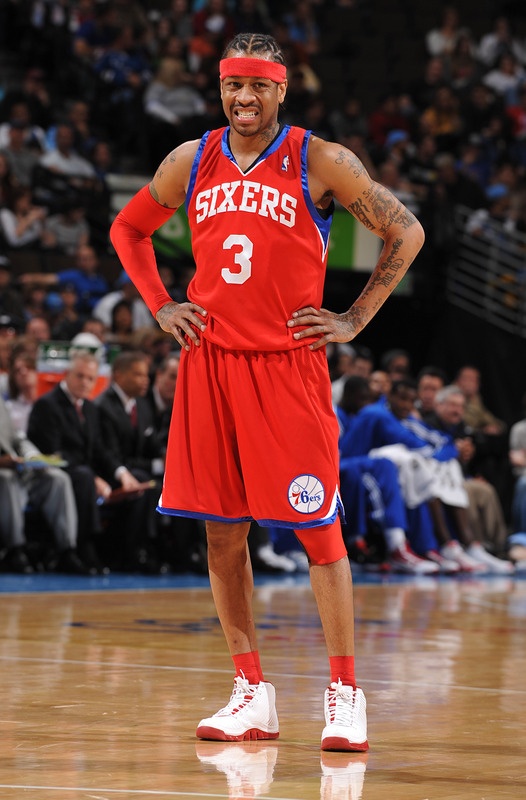 Those details may seem incidental, but it can shed light on how a player might deal with adversity.
Those details may seem incidental, but it can shed light on how a player might deal with adversity.
“The Suns did that study of high fives … It sounds ridiculous but there’s a lot of validity to that,” Schmitz says. “For someone scouting from the couch [who] doesn’t have intel from coaches, you can take away some things in a situation like that.”
Be Aware of Blind Spots
Sometimes a player is put in a role that doesn’t suit his strengths. “Just because a guy doesn’t shoot it from the perimeter doesn’t mean he can’t shoot it,” says Scout X. North Carolina big man Brice Johnson, selected 25th by the Clippers, is a great example of this phenomenon. “He shot zero 3s in a four-year career, but he can shoot,” notes Scout X. Johnson’s role on the Tar Heels was to rebound, set screens, roll to the rim, and throw down lobs with the force of a Gronk spike. He did all that at a high level, so you can’t fault Roy Williams for not using him as a floor spacer.
But the signs were there.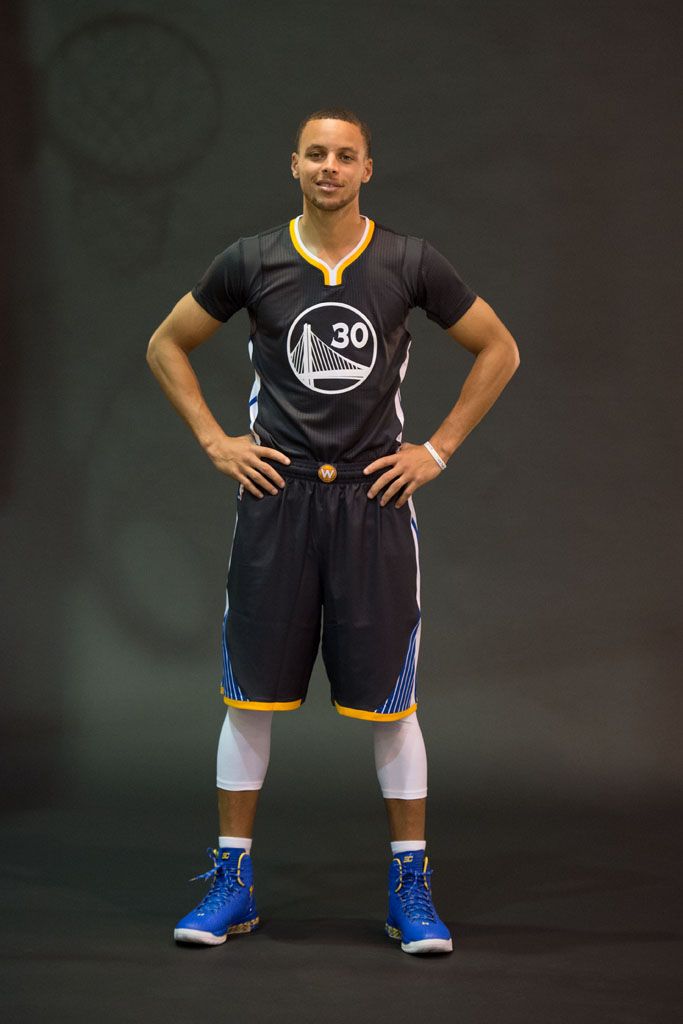 Johnson displayed soft touch inside and on the post, and hit 78.3 percent of his free throws. It wasn’t surprising he was immediately draining deep 2s and attempting 3s in the summer league.
Johnson displayed soft touch inside and on the post, and hit 78.3 percent of his free throws. It wasn’t surprising he was immediately draining deep 2s and attempting 3s in the summer league.
Does the Player Have an Elite Skill?
Stars get all the press, but the majority of the NBA is made up of players who fill specialized roles. “There will be times [with a prospect] where we say he’s not an NBA player, but he has one elite skill,” Scout Y says, citing Danny Green as an example. Green checked the boxes of a 3-and-D role player straight out of North Carolina, but he wasn’t competent in many other parts of his game, like passing and ballhandling. “Being passable in a lot of different areas in addition to [being elite in one] is really important,” Schmitz says. Green enhanced his strengths after the draft and eventually landed in a perfect situation with the Spurs, a team that routinely accentuates the best qualities of its players. A player with just one or two premium skills can carve out a successful career if he falls to the right team.
Avoid Cliché Superstar Comparisons
Top prospects are always labeled as “the next” someone; Ben Simmons is the next LeBron James and Buddy Hield is the next Stephen Curry. Setting such high expectations not only leads to disappointment; it’s also misleading. “Each player is unique and is never going to be exactly the same as someone that comes before them,” Riddell says. “We may never see someone like Draymond Green again, but teams are going to try to find the next big man who can create and defend. So a better comparison is saying that the prospect will try to fill a similar role to Green, not that they will have the same skills or impact.”
Related
The New Draymonds
Think about it this way: If I tell you I’m going to see the film Arrival this week, and you ask me what it’s about, I might tell you it’s like Interstellar. That’s because it’s a sci-fi movie that inspires a sense of wonder. But the script, the characters, and the soundtrack won’t be the same.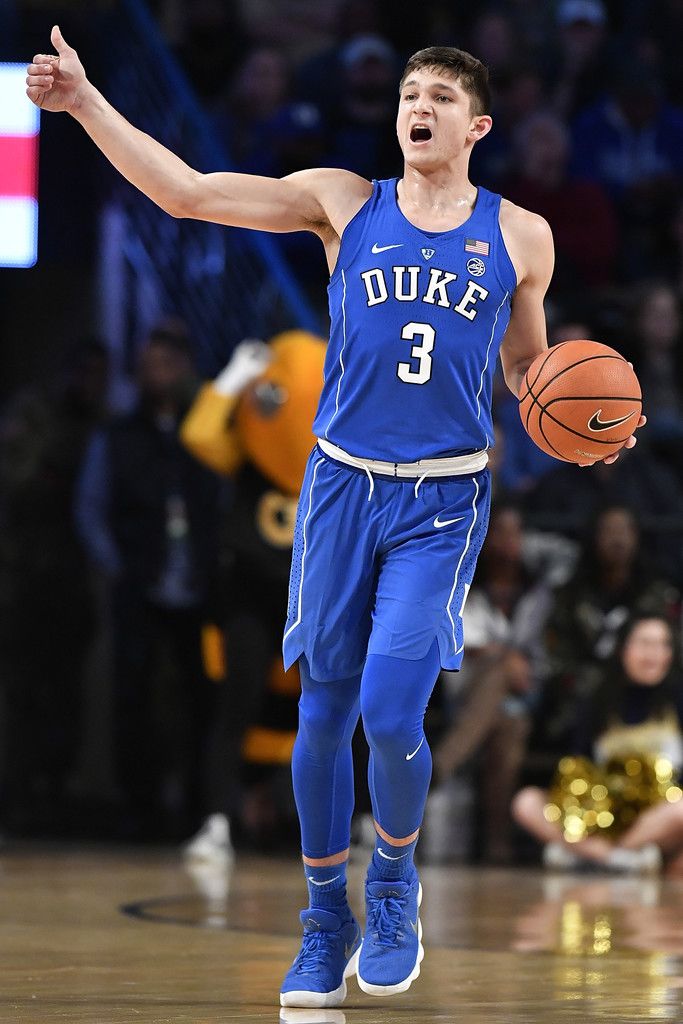 There’s a chance Arrival isn’t as entertaining as Interstellar. So when you couch-scout, think about the role a player could fill, not the specific player he’ll be like. As Scout Z told me: “Our front office laughs at some of the comps we hear on TV.”
There’s a chance Arrival isn’t as entertaining as Interstellar. So when you couch-scout, think about the role a player could fill, not the specific player he’ll be like. As Scout Z told me: “Our front office laughs at some of the comps we hear on TV.”
Focus Instead on a Player’s Situation
A player’s role or situation can mean everything for his success. “Nigel Hayes is a good example of this,” Riddell says. “He could become a stretch 4 if he can catch and shoot, but he’ll probably never be someone who can have the offense run through him, like Wisconsin asked him to do last year.” Hayes is asked to do too much in college, so it makes him look like a worse prospect than he probably is.
A player can also be placed in a situation that makes him look a lot better than he really is. Schmitz says he’s scouted college 4s who look like “dynamic slashers that are really athletic,” but when they’re against “an NBA wing and he has to create on the perimeter” they don’t have the same impact. It can be difficult to spot these situations, but Schmitz suggests focusing on the player at the 4. If he’s a shooter, it’s likely a better harbinger of NBA success.
It can be difficult to spot these situations, but Schmitz suggests focusing on the player at the 4. If he’s a shooter, it’s likely a better harbinger of NBA success.
It might feel like you’re navigating the Westworld maze when scouting the draft, but that’s OK. It’s not easy for anyone. Scout X says he likes to “watch the games as a fan and a talent evaluator, but I never try to be a general manager.” His point is to minimize distractions like your favorite team since roster turnover happens so quickly. Scouting is about finding the players who impact winning; let the roster-building happen later in the process.
Continuous offense - Motion offense
Another article from another author on offense in children's basketball. Basically, "continuous offense" is a term used to describe a half-court offense that uses the movement of the players and the ball to create a high percentage of shots hit.
In this attack, the players react to what the defense gives them.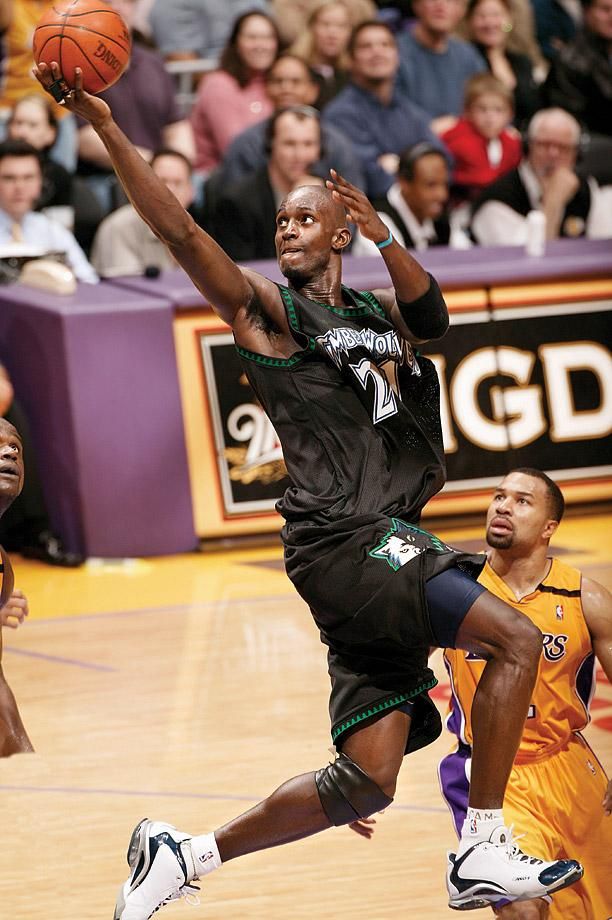 You can use offense to move against a personal defense or against a zone (with minor adjustments).
You can use offense to move against a personal defense or against a zone (with minor adjustments).
And it usually works in one of the following spreads:
* 5 open on perimeter, * 4 on perimeter 1 inside, * 3 on perimeter 2 inside.
So why does moving attack work so well especially for children's teams? I can think of 5 good reasons.
1 - This is an extremely flexible and easy to build offense. You can deepen the difficulty of the offense up or down to suit any age or skill level of your team. Or, change the lineup, rules, and options to get more passes, more shots, or more play through your posters, depending on whether the formation is suitable for playing to your team's strengths.
2 - Difficult to scout and difficult to defend against this attack. There are no predetermined patterns and sequences in the movement of players for study by coaches and opposing players. So your competitors never know what you are going to do next.
3 - All 5 players are involved in this attack.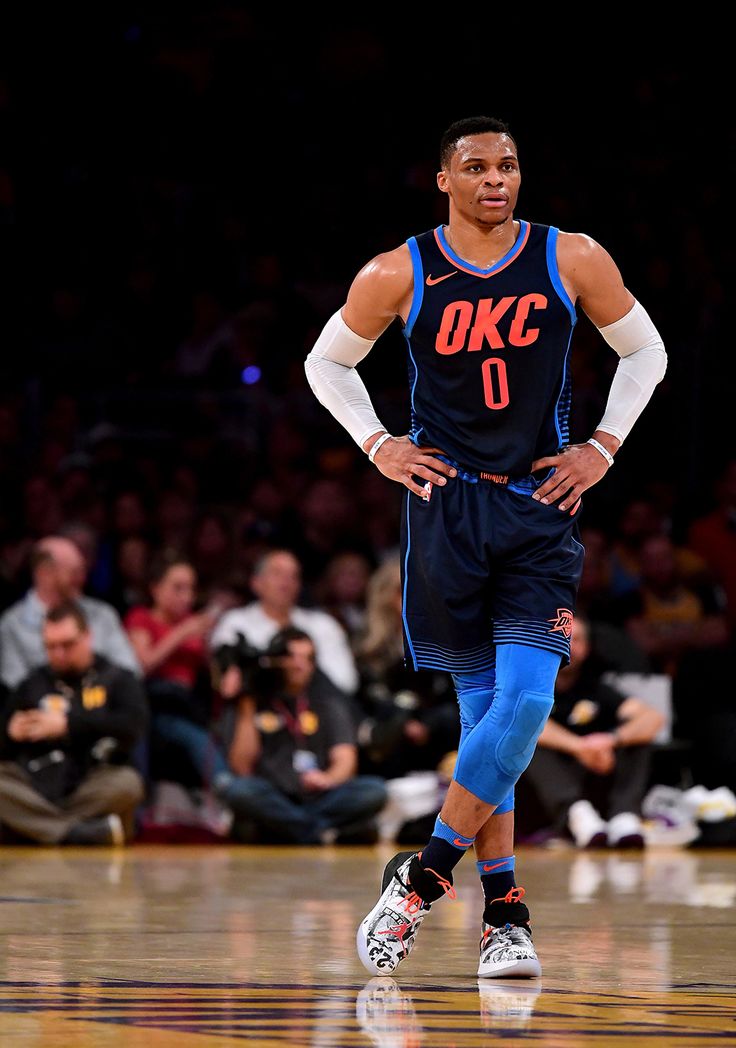 This way, every player feels more involved and engaged on the court.
This way, every player feels more involved and engaged on the court.
They will play tough defensively, and evoke a positive attitude towards their role in the team!
4 - She teaches your players "how to play ball". In this offense, instead of moving from place to place like a kind of pre-programmed basketball robot... they learn to read the defense, how to find open spaces and holes on the court, how to take advantage of the difference in height when changing defense. They gain skills that make your team much harder to defend and help your players excel at the next level.
5 - It's easy to learn to play and play fun!
Continuous Offensive
This offense has many options for setting up players. For those who are starting to use this offensive system, it is better to number the combinations according to the number of players on the perimeter and on the post position. On the 3rd, below the schemes, you can call the combinations 5=0, 4=1 and 3=2.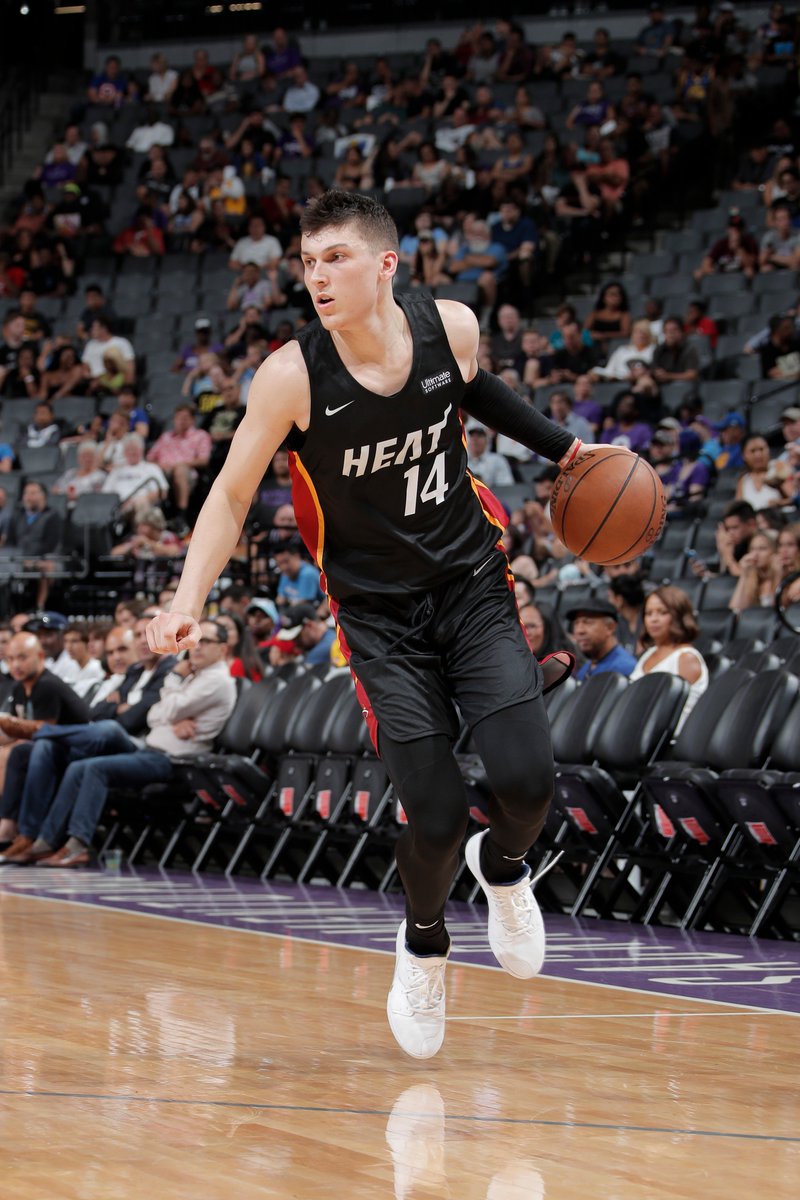 That is, 5 on the perimeter, 4 on the perimeter, 1 inside, 3 on the perimeter, 2 inside
That is, 5 on the perimeter, 4 on the perimeter, 1 inside, 3 on the perimeter, 2 inside
Exercises. Accordingly, from the initial arrangement, adhere to the same principles of attack. Continuous Offensive is all built on the same fundamentals of basic technique; gears, jerks with opening and barriers. Dribbling is used whenever there is a possibility of a 1v1 game. Centers use their fundamental 1v1 skills and use of screens. At all levels, the precise use of the basic principles of a continuous attack is the key to his success.
Objectives: This exercise teaches the essential skills of setting and using screens without the ball for players who set and receive screens. These skills will be used against all forms of personal defense throughout the season. Organization: Players are arranged in 3 columns as shown in diagram No. 1. 1 with the ball.
Execution: 1. Player 1 passes 2, v-dashes and receives the ball from 2 on the edge. 2. 2 passes back to 1 and screens 3.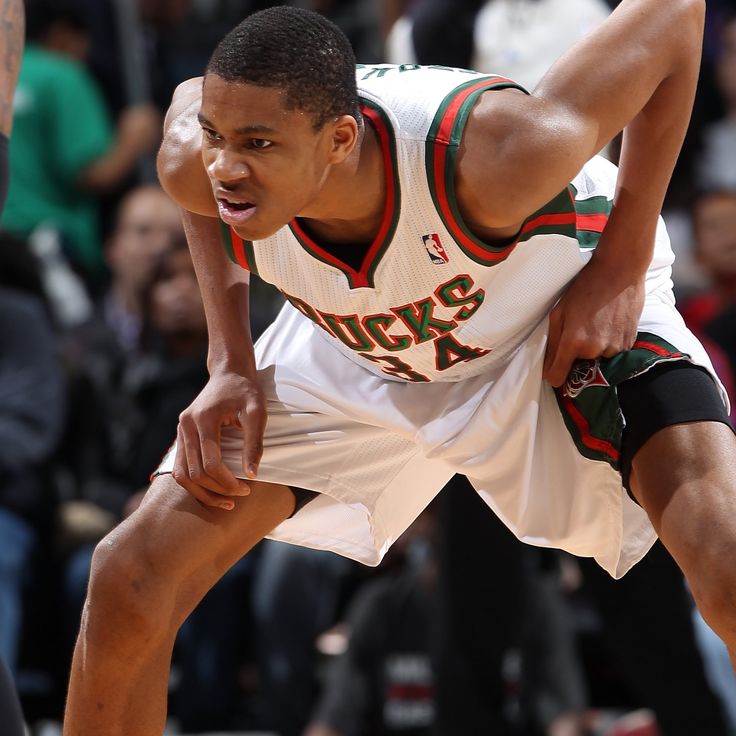 3. 3, using screen 2, gets into position to shoot for LSB. 4. All 3 players go to rebound. Variations: Players work on all kinds of screens and shots.
3. 3, using screen 2, gets into position to shoot for LSB. 4. All 3 players go to rebound. Variations: Players work on all kinds of screens and shots.
3, using screen 1, is opened by twisting around the screener to shoot from under the ring. This happens when the 3rd defender accompanies him around the screen. It is very important that 3, using screen 1, runs shoulder to shoulder with the screener.
3 get ready to use the screen 1. Having passed the screener, 3, reading the reaction of his defender, changes direction and makes a dash to the position of the winger at 45 degrees. This can happen in the case when the defender of the 3rd goes inside the penalty area, expecting a pass to the 3rd from 2. The defender of the 3rd anticipates the situation as in cx. 1 and wants to intercept the ball. In this situation, 2 with a long pass gives the ball to 3 for a jump shot. 3 must show a hand, indicating to the sender the purpose of the pass. With an accurate pass, 3 can immediately shoot.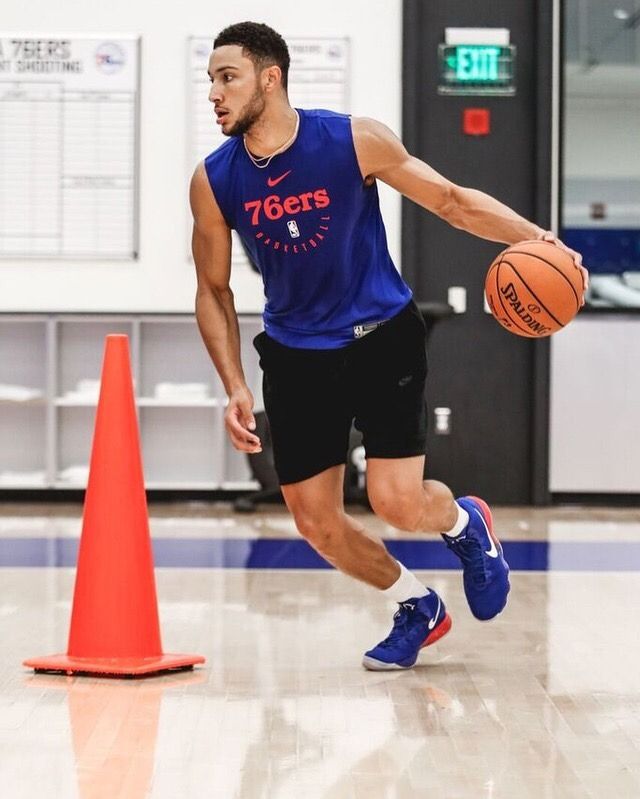
3 can receive and pass to screener 1 who, after screening, turns around and runs towards the basket (with his defender behind him).
1, imitating a screen, makes a dash towards the ball and breaks through to the basket. This option happens in cases of changing defenders during the screening. The phrase "screening the most in this situation"
Instead of screening 3rd, 1 makes a move to screen, suddenly changes speed and direction of movement and makes a dash for the basket (many people call this movement a "pass and exit" maneuver). Good and a quick rush to the basket often confuses the defense and allows easy goals often to be scored The winger (3) fills an open position on the perimeter after a direct LSB rush, reads the defense action and opens up or dashes behind the back to the basket.0003
The winger on the weak side (3) may screen the back of 1st after passing the ball from 1st to 2nd. After using the screen correctly, one of the 2 players must be free. Accordingly, 2 can pass the ball to one of them.
Accordingly, 2 can pass the ball to one of them.
Continuous attack drill
This is an excellent throwing drill for repeating various actions in a continuous attack
Task:
1. Training repeated actions of players on the perimeter in a continuous attack
2. Improvement by center players of various shots.
Organization: players in 3 columns on the perimeter with balls. 2 posters in bottom center position on each side
Runs:
1. Post 8 screens 9 and both open to receive the ball.
2. Each center receives the ball in the bottom center position from the outside center.
3. Each center makes one of the attacking moves and throws.
4. After passing to the centers, both outer centers make a V-shaped movement.
5. Point guard dribbles to the right.
5 OPEN WITH GOOD CENTERS IN CONTINUOUS ATTACKING
From the Coaching Youth Basketball website.
What to do with a good center player who successfully plays the position of the bottom center (04 in our case) in a continuous attack?
01 selects the attack side. 01 dribbles away from 04.
01 dribbles away from 04.
• 01 starts attacking with the ball towards 03.
• 03 responds to the dribbler with a backdoor cut to the basket, and 04 takes his defender to the end line on the opposite side. 01 can pass the ball to 03 if it is open during the dash.
• 05 opens to the edge after an L-rush and receives the ball from 01
04 moves towards the ball using the screen 03, opens under the basket and can receive the ball from 05. This is the first situation for receiving the ball from 04 in the position where he feels comfortable.
• 05 can pass the ball to 04 to bottom center position and 01 V-cuts back to his position
• If 05 is unable to complete the pass to 04, then returns the ball to 01
• 02 moves into bottom center position, pulling his defender with him and is ready to V-cut back to the 03-point line to receive the ball.
01 must be ready to receive the ball from 05 and immediately pass to 02.
The ball moves to 02 for further attacking screen-the-screener action.
• When 02 has received the ball from 01, 03 screens 04 on the weak side.
• 01 screens down to screener 03.
• After setting up a side screen for 04, 03, using screener 01, opens to LSB for a jump shot or 3-point shot.
• Second situation where post 04 can receive the ball in the bottom center position.
• 02 passes the ball to one of the open partners.
• If it is not possible to pass 04 to the bottom center position, then 01 passes the ball to 03 to shoot or continue the attack.
If 03 is unable to make an open throw or pass to the basket, he may pass the ball to 01 for a 3-point shot in the continuation of the offense. This option is very important if the 01 sniper can get a free ball, because changing defenders in this situation is not possible. If defender 05 changes and blocks the pass from 03 to 01, then 05 will receive the ball in the position of the bottom center with the undersized defender 01.
If in your team 05 successfully operates on the positions of the lower center, then in order to obtain 05 at this position, 01 begins an attack in the opposite direction from 05, as shown and described in the diagrams above.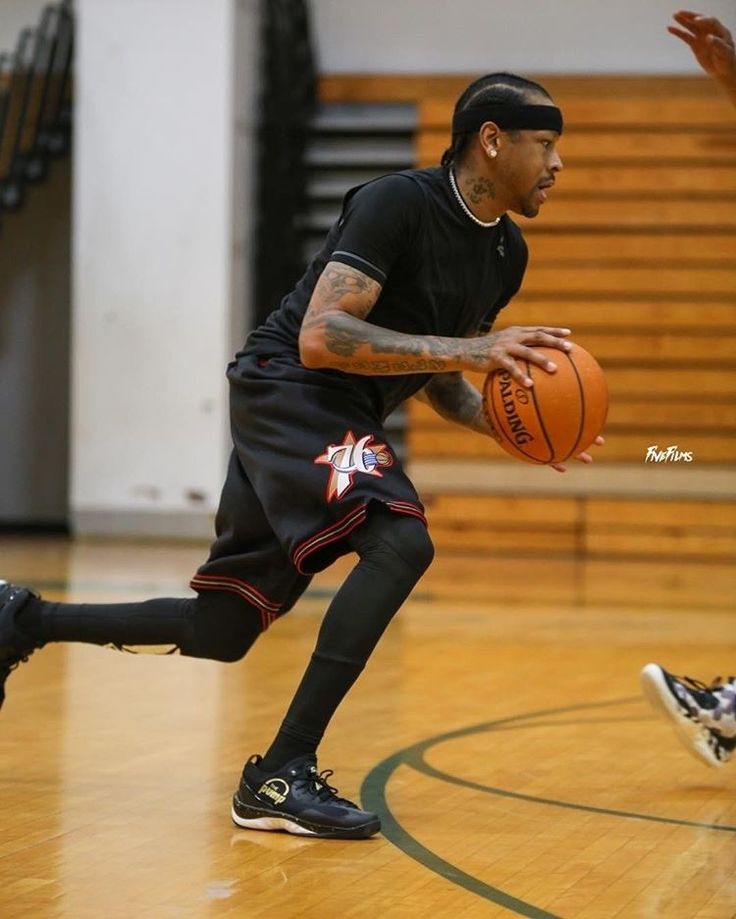
V. Melnychuk transfer 22.05. 2016.
“I am grateful to my basketball mentor”
“Respublika” continues the project “Thanks to mentor!”. This is a series of publications about the inhabitants of the region who have become true professionals in their field thanks to their mentors. Senior instructor-methodologist and basketball coach of the republican sports school of the Olympic reserve "Yunost" Natalia Moseevskaya spoke about a colleague and coach of her daughter Valeria - Elena Petina, who once coached her.
– My parents were neutral about my choice. It was not important for them that I went in for sports. It was the usual break at school No. 36, and a woman approached me. According to her sports article, it was immediately clear that this was the coach. She offered to sign up for basketball: “Try it, come to explore,” Natalia Moseevskaya said about how Elena Petina’s working visit to an ordinary Syktyvkar school influenced her whole future life. - I ran home, grabbed the first sneakers that came across and came to the sports school.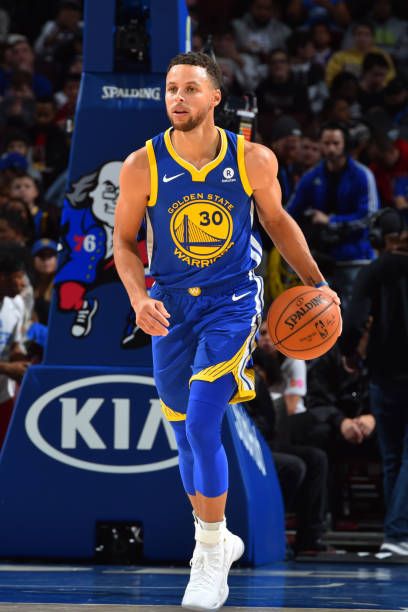 This is how my journey in sports began. I immediately joined the team, although the girls had been working there for a year. Everything quickly began to work out for me, I really liked this sport. Firstly, because he is playful, the ball game is very reckless. Elena Vladimirovna coached me until the eighth grade. Then she changed her place of work for a while, and I continued to train under the guidance of Georgy Florovich Valik in the Zyryanochka team.
This is how my journey in sports began. I immediately joined the team, although the girls had been working there for a year. Everything quickly began to work out for me, I really liked this sport. Firstly, because he is playful, the ball game is very reckless. Elena Vladimirovna coached me until the eighth grade. Then she changed her place of work for a while, and I continued to train under the guidance of Georgy Florovich Valik in the Zyryanochka team.
A serious knee injury to Natalia Moseevskaya crossed out her professional basketball career. However, she did not quit basketball and continued to work as a coach. And in 2004, her daughter Valeria was born, whom nature endowed with excellent physical data.
- Tall, tall. From early childhood, she had good athletic inclinations, - said the interlocutor of the publication. - I brought her to work, she played and jumped with older girls here and that's how she got into basketball. True, a year before that she was engaged in fitness aerobics for stretching and coordination. Started playing basketball in second grade. Again with Elena Vladimirovna. Once again I want to thank her, because thanks to that fleeting meeting at school, it turned out that I chose a profession for myself, and the future for my daughter was determined. Until now, we work together with children's teams. Elena Vladimirovna helps me with advice, I always go to training camps and competitions only with her, I am very comfortable working with her, because we, let's say, look in the same direction. We don’t have any disagreements either on the upbringing of Valeria, or on teams, anywhere. In general, we go through life together.
Started playing basketball in second grade. Again with Elena Vladimirovna. Once again I want to thank her, because thanks to that fleeting meeting at school, it turned out that I chose a profession for myself, and the future for my daughter was determined. Until now, we work together with children's teams. Elena Vladimirovna helps me with advice, I always go to training camps and competitions only with her, I am very comfortable working with her, because we, let's say, look in the same direction. We don’t have any disagreements either on the upbringing of Valeria, or on teams, anywhere. In general, we go through life together.
Last week, Valeria Moseevskaya was in Moscow for a training camp as part of the Russian women's team "under 15". 21 basketball players born in 2004 from all over the country were invited to the training camp, and Valeria had to show all the best qualities in order to get into the final application for participation in the international tournament in Spain, which will be held on December 6-8.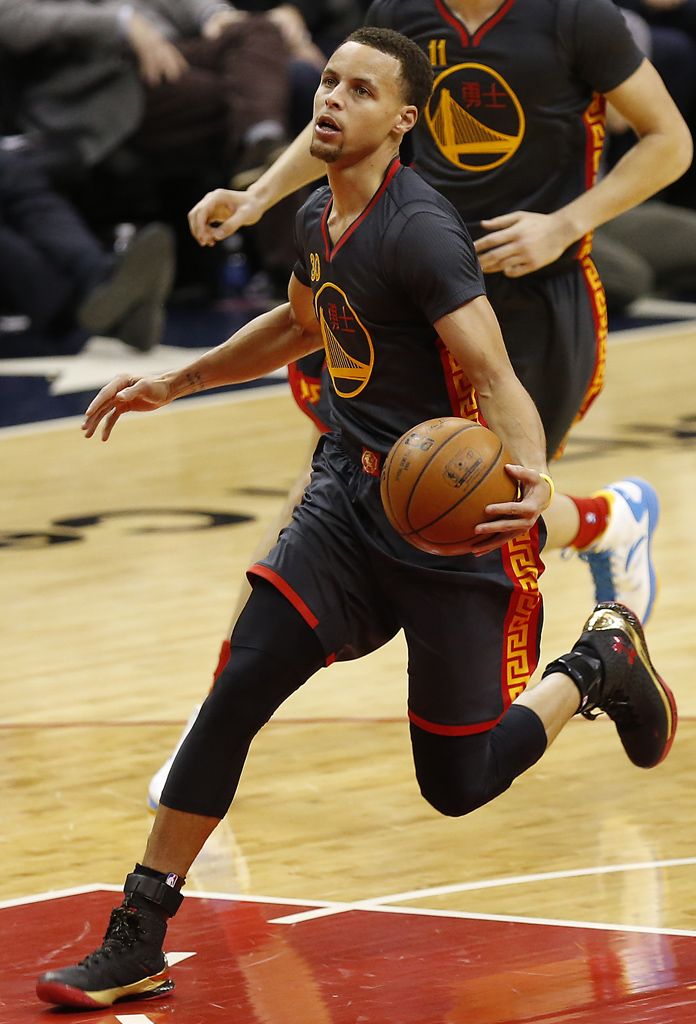 On December 3, it became known that Syktyvkar was included in the application and will go to the international tournament in the Spanish Zamora.
On December 3, it became known that Syktyvkar was included in the application and will go to the international tournament in the Spanish Zamora.
The journalist of "Respublika" visited the school "Yunost" to observe the training process and personally talk with Elena Petina about her colleague Natalia Moseevskaya, as well as about her pupil Valeria and the prospects of the young basketball player in the national team.
– We are glad that our students bring their children to us. This suggests that they pass on their love for basketball to children, - said the head coach of the Yunost school. - It is also good that from generation to generation we ourselves strive to ensure that our children play and show themselves better than us parents. We are proud that our student and daughter Natalia Leonidovna was able to prove herself in such a way that she was invited to the Russian team.
In December the school "Yunost" will celebrate its half-century anniversary. During this time, generations of athletes have changed.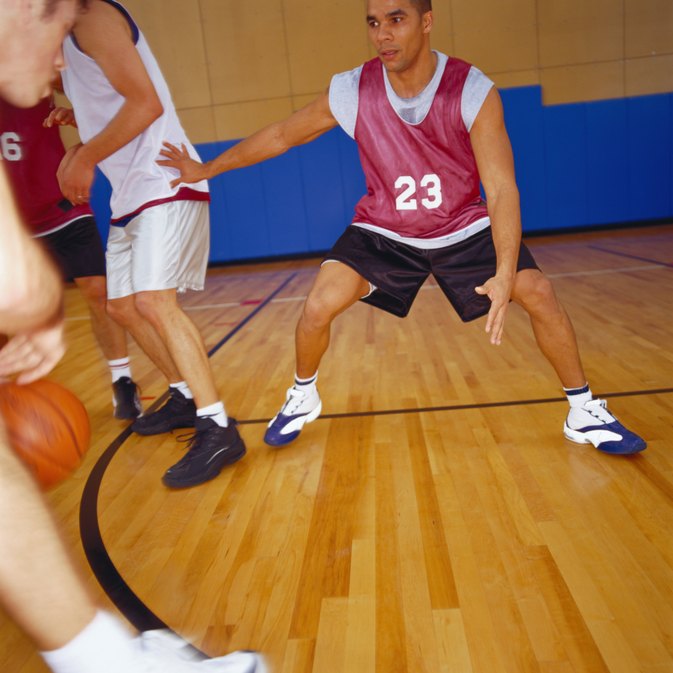 Elena Petina noted that dynasties in a sports school are not a unique phenomenon, as children often follow in the footsteps of their parents. It is always interesting how children differ from parents in the work process. Mother and daughter Moseevsky, according to Elena Petina, are different in character, but it is difficult to draw parallels in terms of basketball:
Elena Petina noted that dynasties in a sports school are not a unique phenomenon, as children often follow in the footsteps of their parents. It is always interesting how children differ from parents in the work process. Mother and daughter Moseevsky, according to Elena Petina, are different in character, but it is difficult to draw parallels in terms of basketball:
- Basketball is improving, as a sport it has taken a big step forward. Yes, and children now master certain elements of the game much faster. What we owned in the tenth grade, they can already in the fifth. Now modern methods and literature have become much more accessible thanks to the Internet. Now we can look at American methods, see various seminars where we learn about new exercises. If we talk about characters, then Natalia has always been more focused on herself, she is like this: she always silently does the job, and that's it. And Lera is more sociable, and, of course, she tries to express her opinion: “But I think, I think.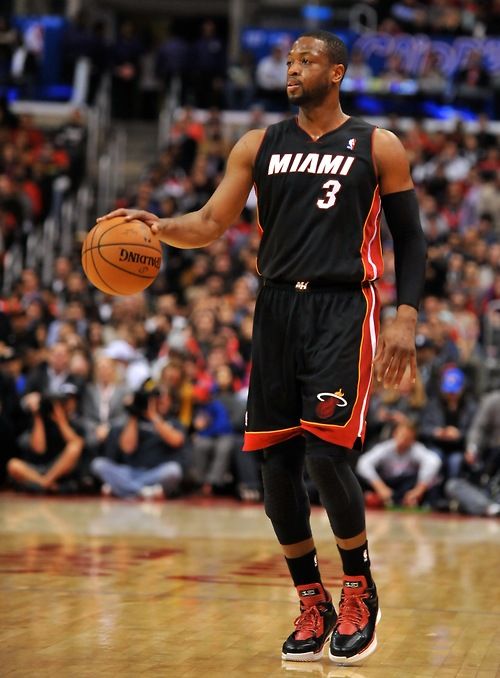 ” I have to either prove the case, or accept her point of view, say that this is not bad, but let's do this first, and then we will check your proposals. This is normal communication between a player and a coach.
” I have to either prove the case, or accept her point of view, say that this is not bad, but let's do this first, and then we will check your proposals. This is normal communication between a player and a coach.
Within the walls of Yunost, everything is literally imbued with a sporting spirit. Groups of children, replacing each other, are constantly moving from the halls to the locker rooms and back. Here you can clearly see what a serious competition reigns in basketball and what kind of screening athletes go through on their way to the national teams, because there are dozens of such schools across the country.
– In Valeria's team you have to prove yourself, show all your skills. The composition is very good. The question is how much they will be able to cope with emotions at the training camp. Show what they are trained, what they can do, and these basketball players can do a lot of things. The question is how quickly they can learn to fulfill the requirements of the coach and act as a team, - the interlocutor of the publication concluded.:no_upscale()/cdn.vox-cdn.com/uploads/chorus_asset/file/13128999/KELDON_JOHNSON_MBB2018_01_CW_600x900.jpg)